Low-Power Wireless Sensor Network
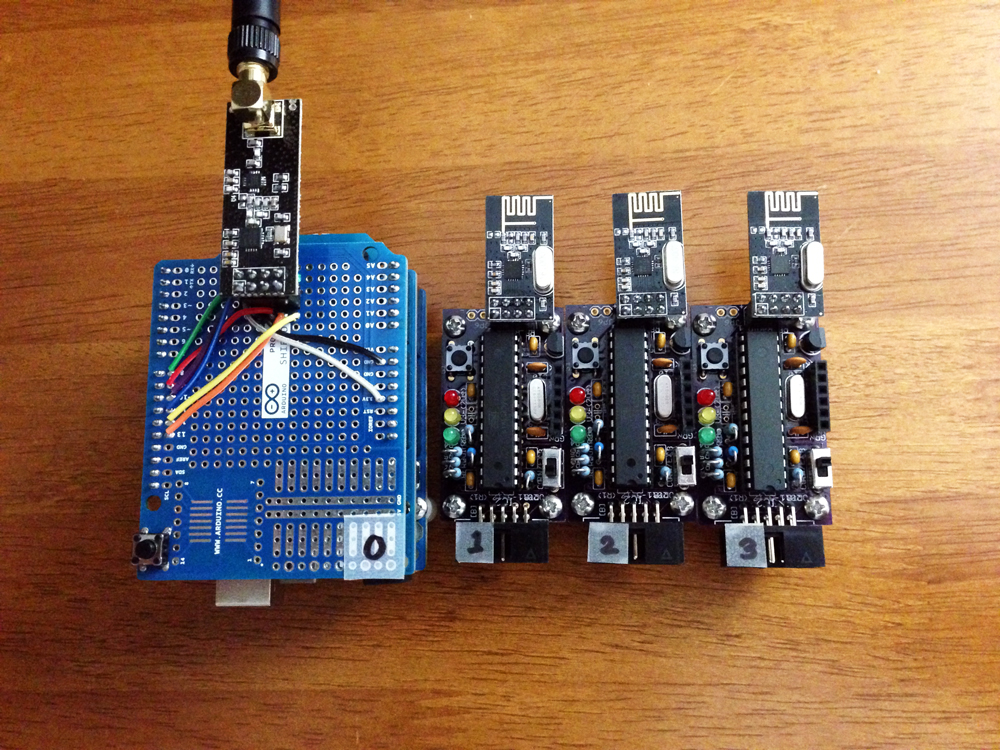
Creating wireless sensor networks is a very interesting idea. It has real world applications that can help people in so many ways. These networks can be used for crop management, weather observation or even home automation; things that would really give an impact on peoples’ lives. However, as cool as it may seem it could also be very daunting for some. Prices of RF modules like the Xbee’s running on the Zigbee protocol are not cheap. They could go from $20 to $70 just for one module depending on the version, type of antenna, and range. This price range is not suitable for people on a limited budget. That’s why I decided to create a cheaper wireless sensor network alternative.
This ongoing project is based on maniacbug’s low-power node. For the first trial, the project will use Nordic nRF24L01+ RF modules which are suitable for wireless sensor networks because of its price and functionality.
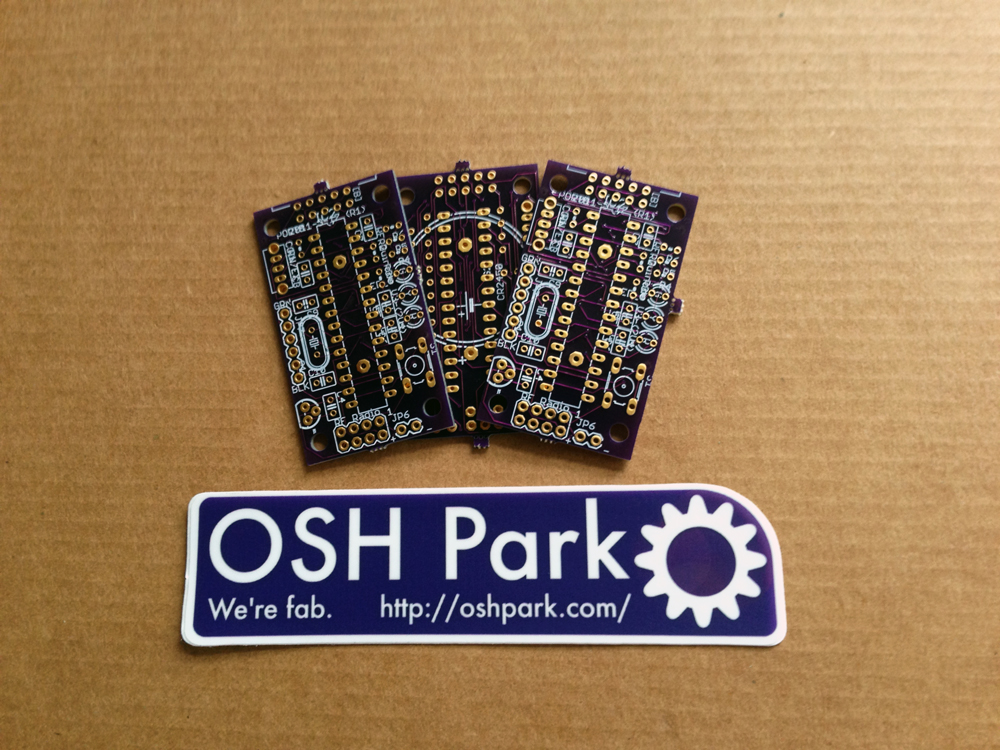
To create the nodes, you must first have the PCBs fabricated. There are so many fabricators to choose from but if you want high-quality PCBs on a very reasonable price, I would recommend OSH Park. The company consolidates peoples’ orders into large panels, sends them to the fabricator, and then ships the PCBs right to your doorstep. It comes in a very iconic purple (although I really hope they could offer it in black) solder mask and ENIG (gold) finish. The price? 2-Layer: $5 per square inch for three copies of your design. 4-Layer: $10 per square inch for three copies of your design. The company also offers medium orders which requires a minimum paneling of 150 square inches. Click here, for more info on pricing and specification.
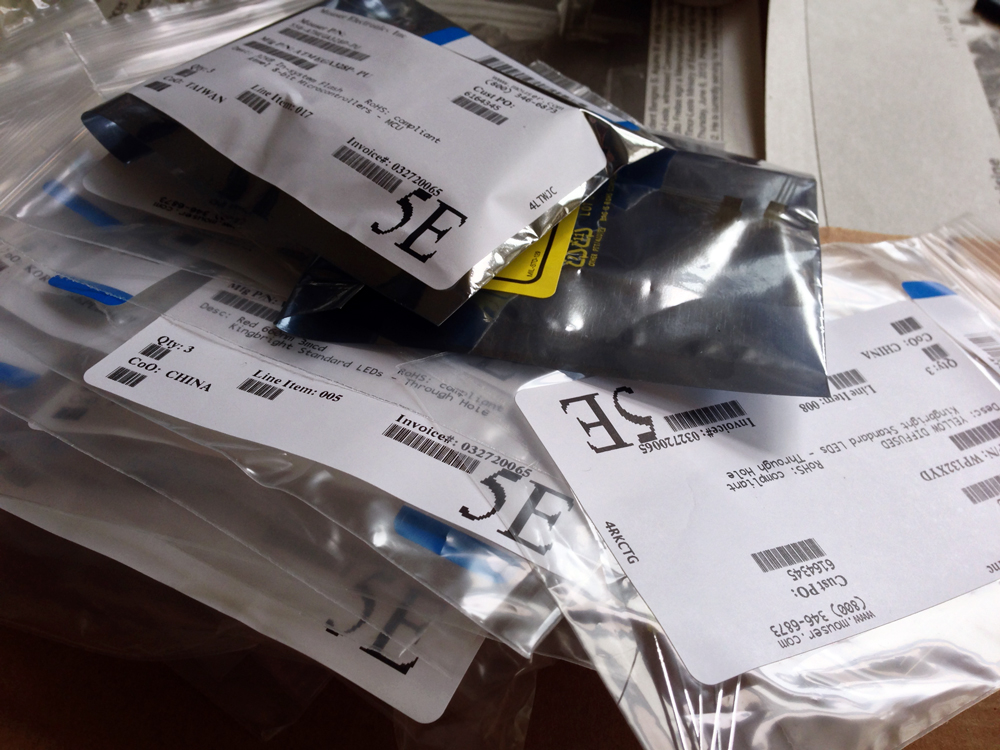
For the parts, you also have a variety of options. For me, it’s basically either DigiKey or Mouser. But for this project, I ordered the parts from Mouser. I included the parts list and Eagle files below for those interested in recreating this project on their own.
Parts
| Quantity | Manufacturer # | Description | Price |
|---|---|---|---|
| Components | $7.01 | ||
| PCB | $3.70 | ||
| Total | $10.71 | ||
| 1 | MF1/4DC1002F | Metal Film Resistors – Through Hole 10K 1% 100PPM | $0.06 |
| 1 | MF1/4DC4703F | Metal Film Resistors – Through Hole 470K 1% 100PPM | $0.06 |
| 1 | MF1/4DCT52R1004F | Metal Film Resistors – Through Hole 1/4W 1M ohm 1% | $0.06 |
| 1 | WP132XGD | Standard LEDs – Through Hole GREEN DIFFUSED | $0.09 |
| 1 | WP132XYD | Standard LEDs – Through Hole YELLOW DIFFUSED | $0.09 |
| 1 | WP7104HD | Standard LEDs – Through Hole RED DIFFUSED | $0.09 |
| 1 | MJTP1230 | Tactile Switches 6mm TACTILE SW | $0.10 |
| 1 | MCP9700A-E/TO | Board Mount Temperature Sensors Lin Active Therm | $0.34 |
| 1 | ATS080B | Crystals 8.0MHz 18pF Fund. -20C +70C | $0.35 |
| 1 | 1-390261-9 | IC & Component Sockets 28P ECONOMY TIN SKT | $0.31 |
| 1 | 0S102011MS2QN1 | Slide Switches SPDT On-On | $0.43 |
| 1 | 122-00224-GR | Battery Holders Snaps & Contacts 24.5MM THRUHOLE BLK | $0.90 |
| 1 | CR2450N.IB | Coin Cell Battery 3V 24.5 x 5.0mm 540mAh | $1.15 |
| 1 | ATMEGA328P-PU | 8-bit Microcontrollers – MCU 32KB In-system Flash 20MHz 1.8V-5.5V | $2.24 |
| 2 | 140-50N2-220J-RC | Ceramic Disc Capacitors 50V 22pF NPO 5% Tol | $0.08 |
| 3 | MF1/4DC3300F | Metal Film Resistors – Through Hole 330ohm 1% 100PPM | $0.06 |
| 4 | K104M15X7RF53L2 | Multilayer Ceramic Capacitors MLCC – Leaded 0.1uF 50volts 20% X7R 2.5mm LS | $0.10 |
Note: This doesn’t include the headers for expansion/RF module/ISP programming, screws, and standoffs (4-40, 3/8″). Also, the red LED is already obsolete from Mouser. I would recommend just buying the additional components from eBay because it’s cheaper there (most of the time, no shipping fee). The only drawback is that you have to wait a little longer.
Trial #1 Eagle files, here.
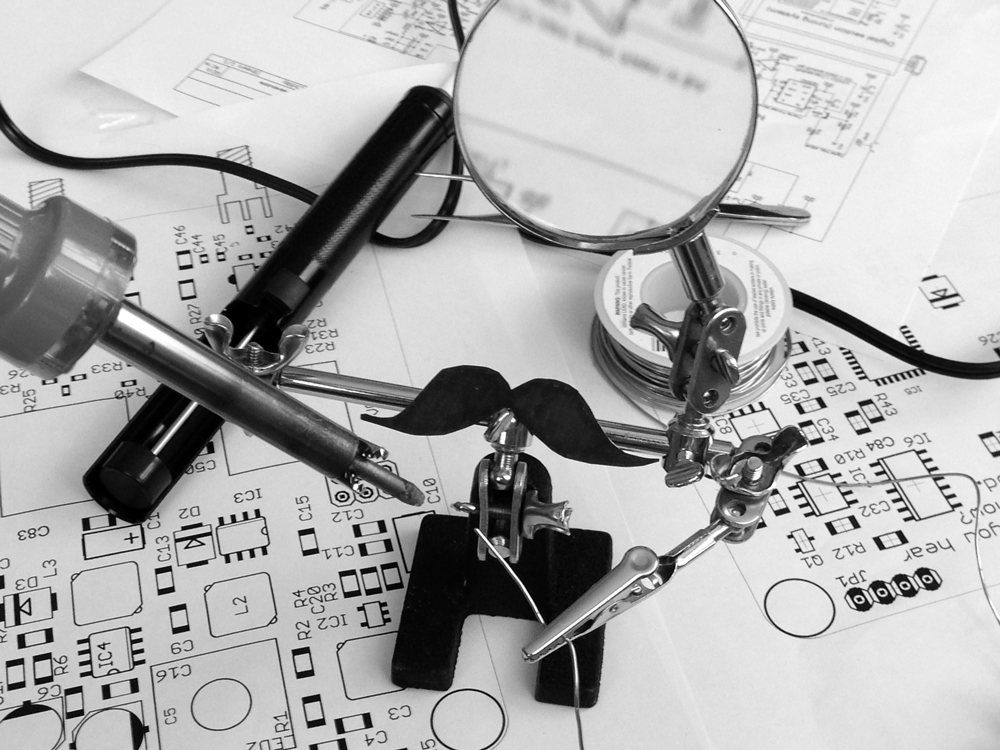 Soldering in progress
Soldering in progress
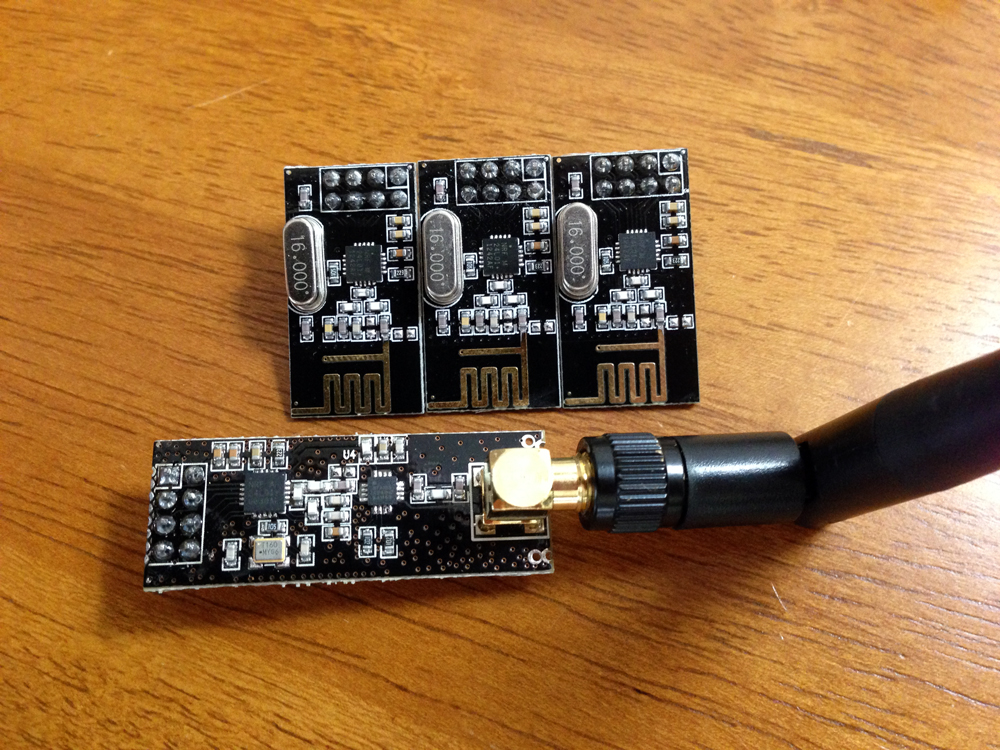
These are the RF modules. The smaller ones are the nRF24L01+’s and the bigger one is the nRF24L01+ SMA, a more powerful version that will be used for the base station. The nRF24L01+ modules can go for as low as $1.90 on eBay. For the SMA version, around $10.
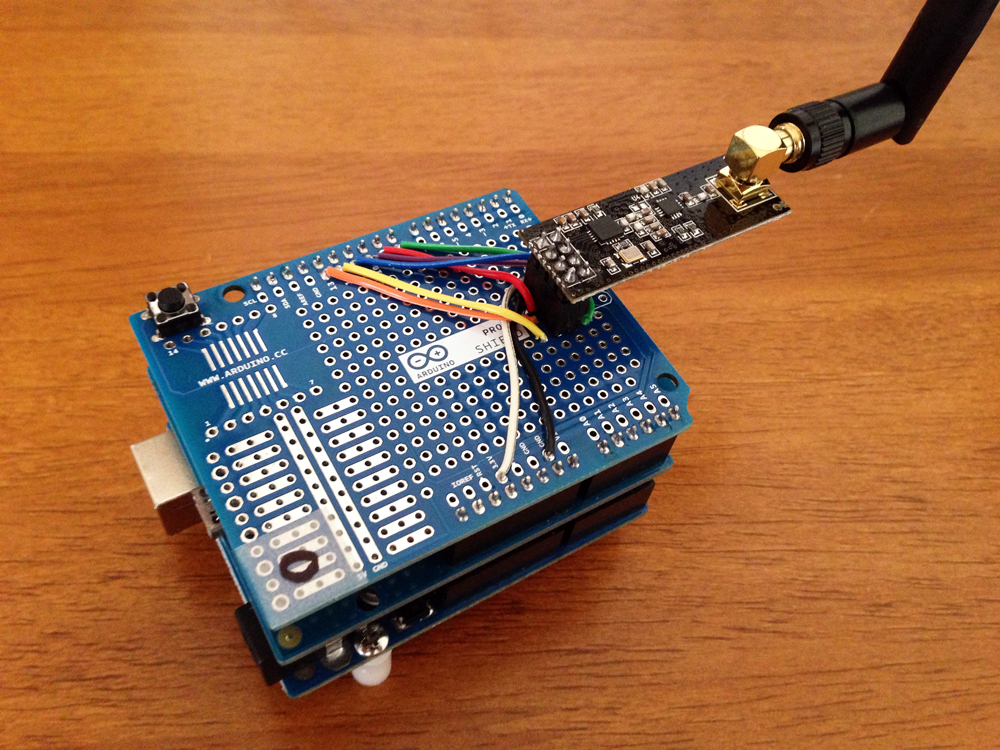
This is the base station. It’s basically the nRF24L01+ SMA module sitting on a Arduino ProtoShield stacked on my Arduino UNO R3.
Wiring
| nRF24L01+ SMA | Arduino |
| GND | GND |
| 3v3 | 3v3 |
| CE | 9 |
| CSN | 10 |
| SCK | 13 |
| MOSI | 11 |
| MISO | 12 |
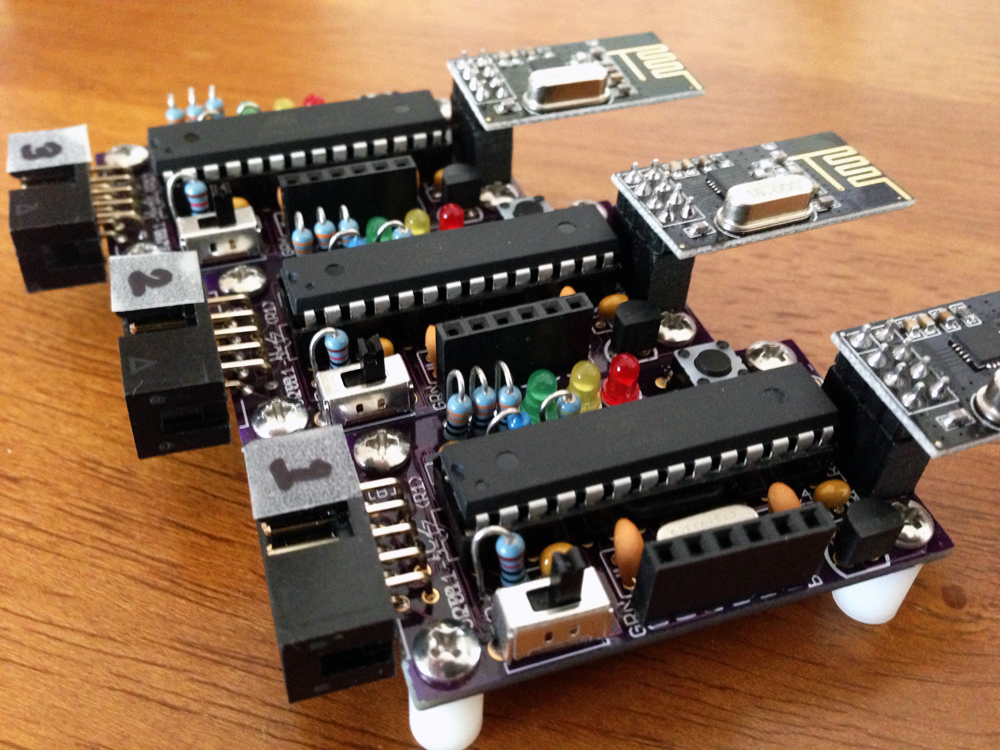 Wireless Sensor Network Modules</sup
Wireless Sensor Network Modules</sup
As I said, this is an ongoing project. I will update this post for the latest improvements on the design as well as other developments.
Recommend